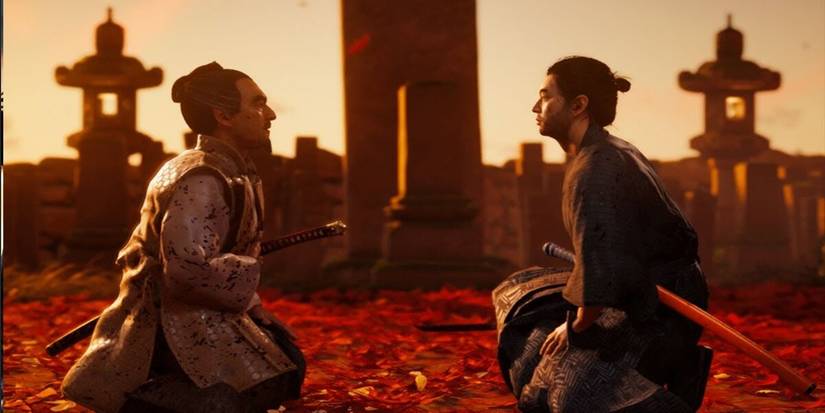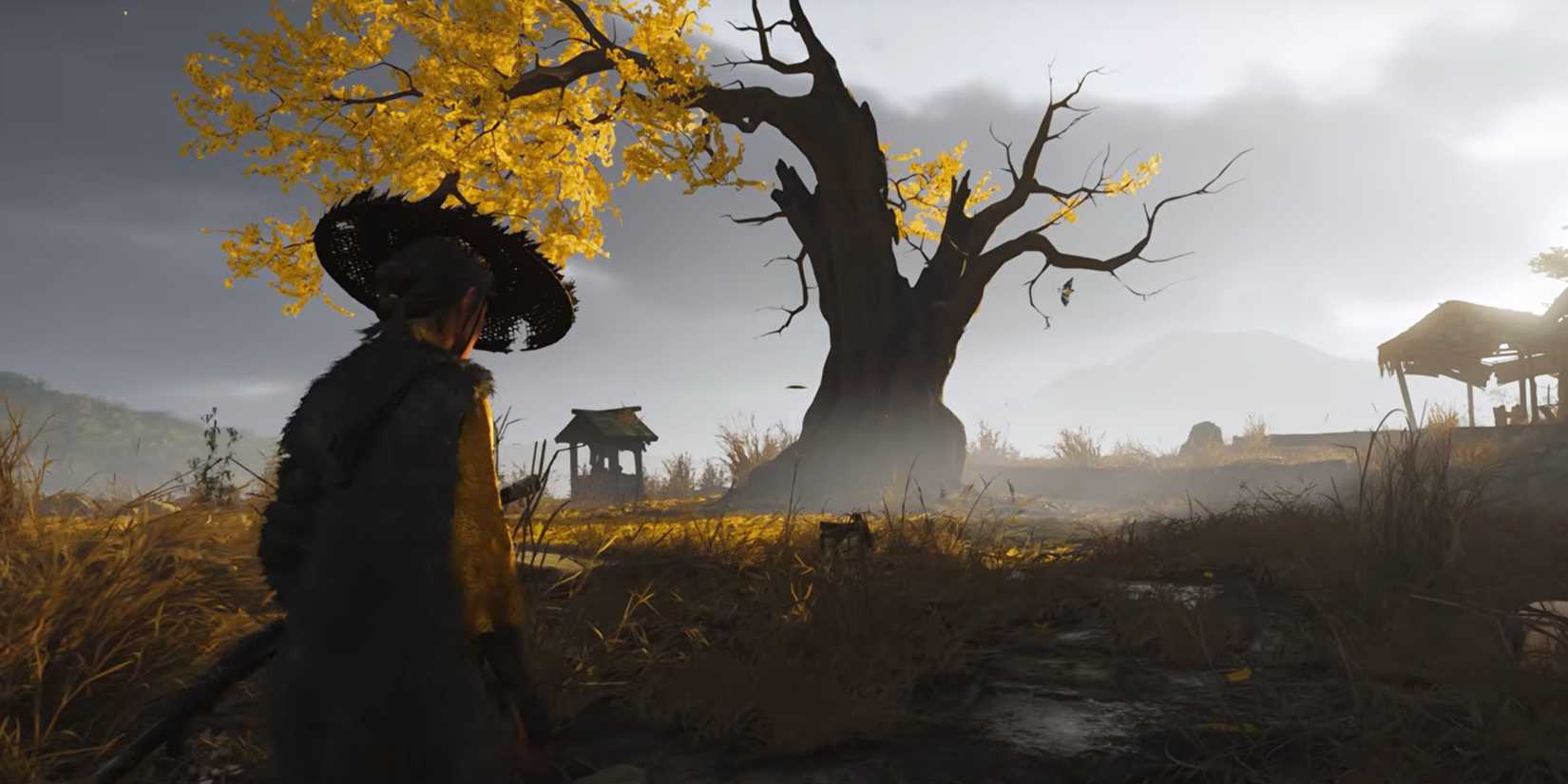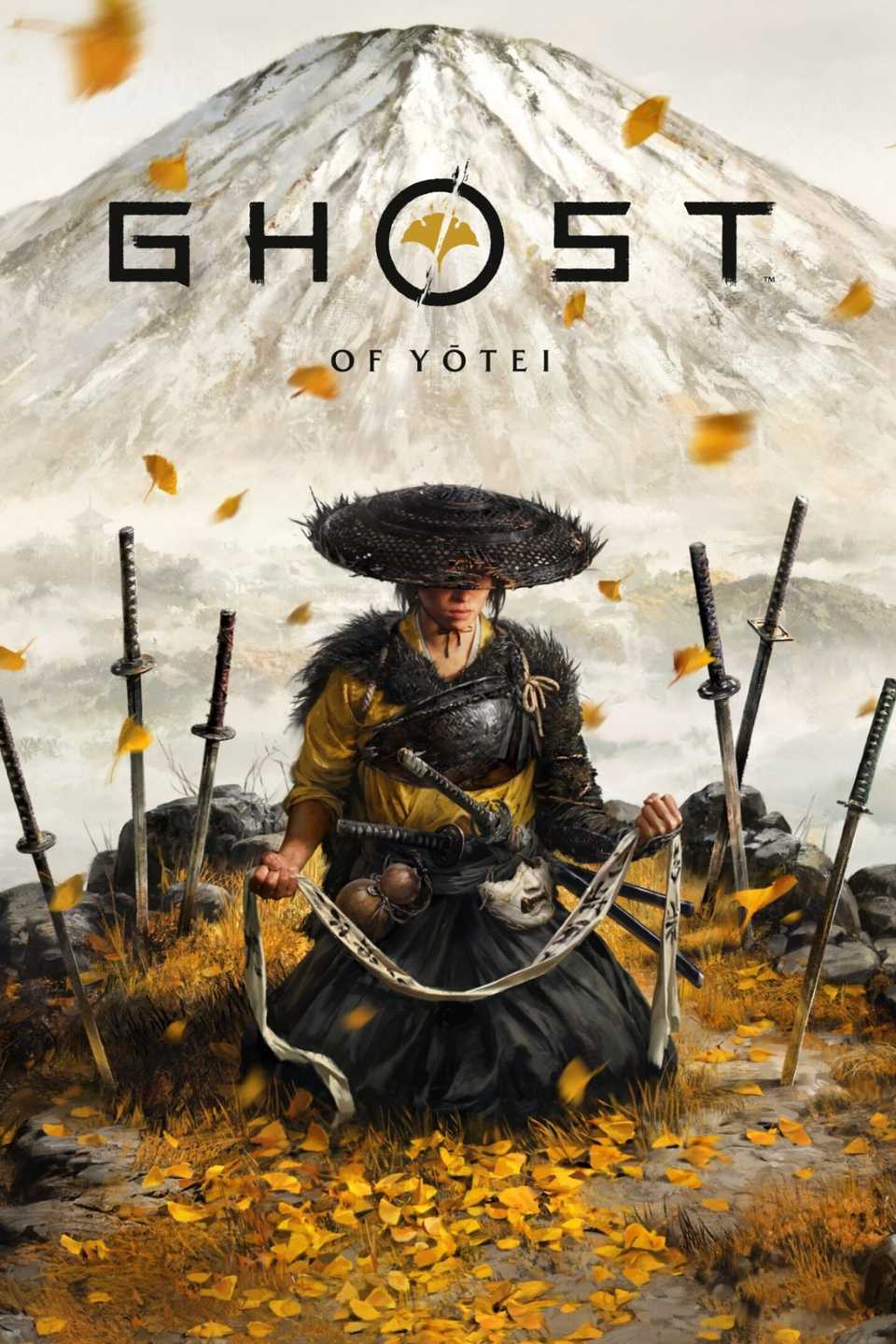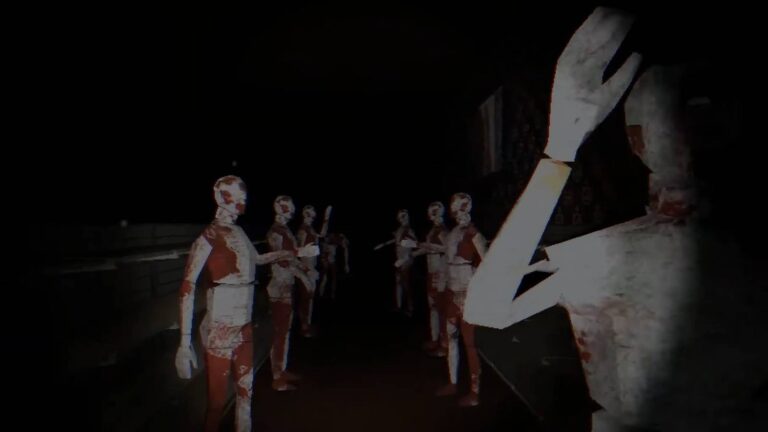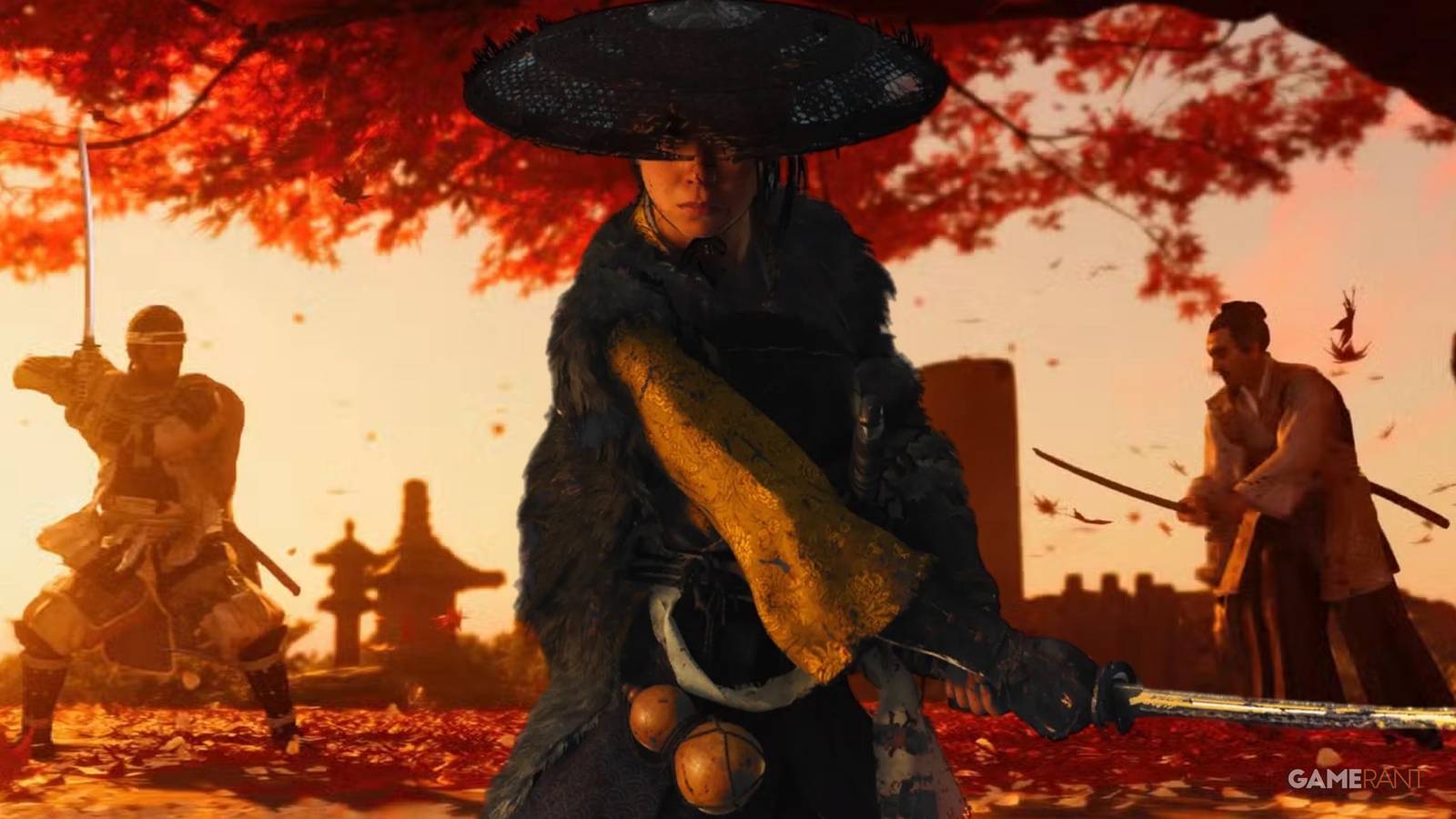
Major spoilers ahead for Ghost of Yotei and Ghost of TsushimaGhost of Yotei and Ghost of Tsushima‘s stories take different paths, as Atsu is on a mission fueled by vengeance, while Jin Sakai was motivated by his duty to protect Tsushima Island from the Mongol invasion. Both stories follow protagonists on harrowing journeys, but the goals are vastly different. Ghost of Yotei sidesteps its predecessor’s moral struggle for a more straightforward revenge tale with Atsu hunting down the Yotei Six and their leader, Lord Saito.
When looking back at Ghost of Tsushima, Ghost of Yotei takes a lot of its foundation and brings it to even greater heights, which makes them feel similar in a lot of ways, but the narratives are vastly different. Despite these differences, the end points of both Ghost of Yotei and Ghost of Tsushima feel deeply connected, even if that connection is subtle.
Jin’s story focuses more on the struggle between honor and survival, while Atsu’s is centered around grief, anger, and family.
Ghost of Yotei’s Ending Pays Tribute to Ghost of Tsushima in a Beautiful Way
Atsu and Jin’s Families Serve as the Heart of Their Finale Showdowns
At the end of Ghost of Yotei, Atsu finally gets to face the person she has been searching for since the beginning: Lord Saito. He makes his way to Atsu’s childhood home, where everything began, and the two face off in one final fight. In Ghost of Tsushima, Jin faces his own uncle, Lord Shimura, at the Sakai family cemetery.
The overarching theme of lost family members is deeply felt in the two endings. The stage for Ghost of Yotei‘s final boss fight is where Atsu’s parents met their end at the hands of the Yotei Six. Furthermore, during the boss fight with Lord Saito, her brother Jubei is also killed. With Ghost of Tsushima, players walk through Jin’s family cemetery to get to the duel location. A shadow cast by the generations before hangs over both fights, which makes these moments both bittersweet and powerful face-offs. That isn’t where the similarities end, though.
One of the most notable differences between Ghost of Yotei and Ghost of Tsushima‘s endings is that the latter allows players to choose whether Jin kills or spares Lord Shimura.
Ghost of Yotei and Ghost of Tsushima’s Finale Set Pieces Are Mirror Images
When I played the finale of Ghost of Tsushima for the first time, my jaw dropped at the scenery. The large tree hanging overhead with vibrant red leaves swirling about and permeating the ground is still an iconic setting for a boss fight. Thankfully, Ghost of Yotei honors its predecessor, but the sequel also does a great job at making this setting its own.
A shadow cast by the generations before hangs over both fights, which makes these moments both bittersweet and powerful face-offs.
Ghost of Yotei uses a similar centerpiece with a great tree towering above, but this time, the leaves are yellow. Leading up to Ghost of Yotei, the emphasis on the region of Ezo’s yellow leaves served as a reminder that this sequel stands on its own outside Ghost of Tsushima‘s orbit, but the finale also uses this imagery to showcase just how closely the two stories are connected in spirit.
While some may prefer Ghost of Tsushima and others prefer Ghost of Yotei, it’s clear that the two are intertwined. Maybe not through their narratives, but definitely with their hearts. Atsu’s emotional journey makes her a worthy successor to Jin Sakai, and even though the two harbor different motivations, their paths eventually meet a beautifully similar destination.
